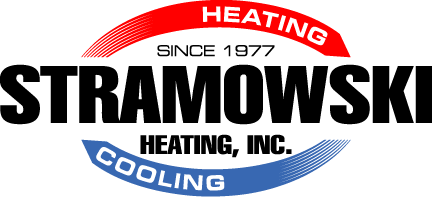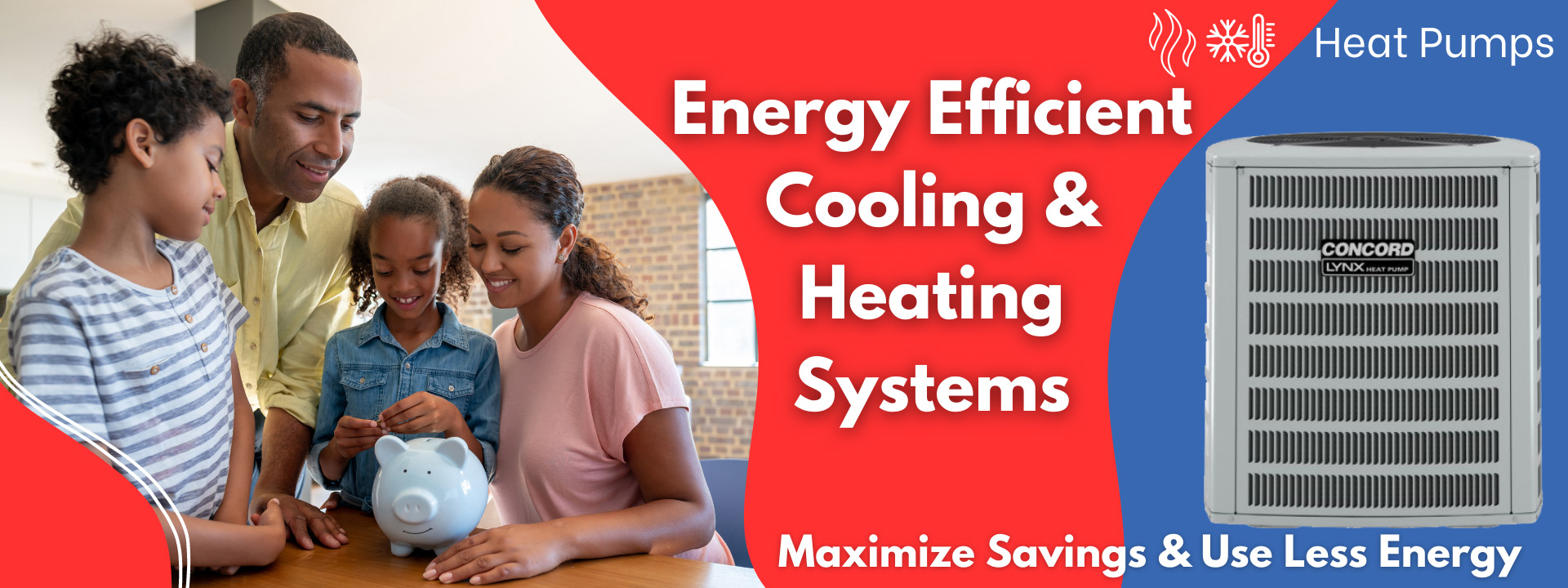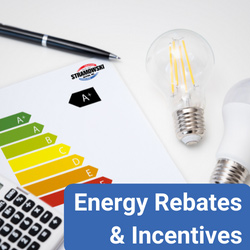Wisconsin's Heating Revolution: The Power of Heat Pumps
Forget what you thought you knew about air conditioners! Heat pumps are changing how Oak Creek stays comfortable with energy-saving heating AND cooling. Curious if this innovative technology suits your home? We're Stramowski Heating and Cooling, your guide to the warmth, cost savings, and peace of mind that heat pumps offer. Explore the benefits, understand how they work, and uncover potential rebates that make this upgrade smarter than ever.
Heat Transfer, Not Generation, Means Greater Energy Efficiency
A heat pump is a combination cooling & heating system that offers incredible efficiency because it moves existing heat, rather than creating heat from scratch like a furnace. Heat is absorbed by refrigerant (coolant), which carries it through pipes. Here's a simple look at the refrigerant's journey inside a heat pump system.
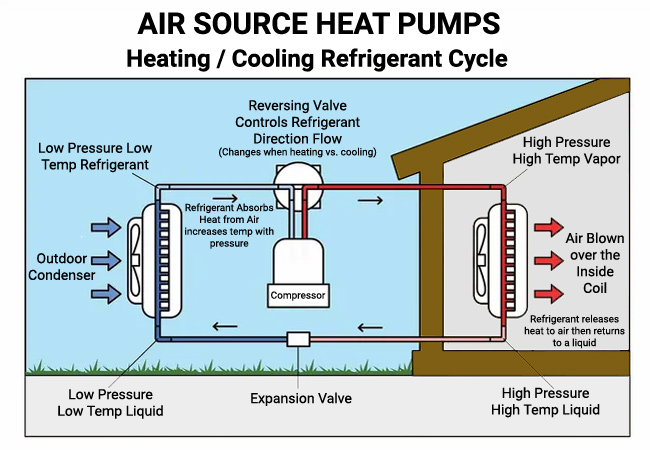
- Compressor: The refrigerant enters the compressor as a low-pressure gas. The compressor then compresses the gas, increasing its pressure and temperature.
- Condenser: The high-pressure, high-temperature refrigerant gas then flows into the condenser, which is usually located outside the home. The condenser releases heat to the surrounding air, causing the refrigerant to condense into a liquid.
- Expansion valve: The high-pressure liquid refrigerant then passes through an expansion valve, which reduces its pressure and temperature.
- Evaporator: The low-pressure, low-temperature liquid refrigerant enters the evaporator, which is typically located inside the home. The evaporator absorbs heat from the indoor air, causing the refrigerant to evaporate and turn back into a gas.
- Indoor coil: The indoor coil is part of the evaporator, and it helps to distribute the heat absorbed by the refrigerant throughout the home.
- Refrigerant lines: The refrigerant travels back to the compressor through the refrigerant lines, and the cycle repeats.
Top Benefits of Heat Pumps for Wisconsin Homes
- Quiet Comfort: Forget the noisy buzz of old A/Cs! Heat pumps offer exceptionally quiet operation for a more peaceful home environment.
- Consistent Cozy Comfort: Say goodbye to uneven temperatures. Heat pumps distribute cooling/warmth gradually making the overall temperature more balanced.
- Unmatched Efficiency = Savings: Reduce your reliance on natural gas and slash heating costs thanks to heat pumps' energy-efficient design.
- The Power of Electricity: Air Source heat pumps only use electric! They help lower your home's natural gas consumption compared to most traditional heating systems.
- Maximize Cooling with High Efficiency Ratings: Not only great for heating! Heat pumps boast impressive efficiency ratings for cooling, delivering efficient summer cooling with lower energy consumption. (The rating for cooling systems is called Seasonal Energy Efficiency Ratio (SEER).
These modern state-of-the-art systems offer the best energy rebates and incentives and offer heating and cooling
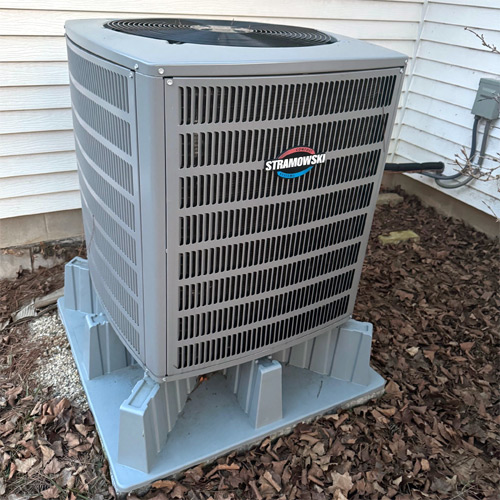
How Heat Pumps Offer Enhanced Comfort & Savings
Modern heat pumps are reliable and efficient, translating into cost savings. Here's why:
- Inverter Technology offers variable speed operation for steadier temperatures, which means higher efficiency than older systems.
- Heat pumps integrate with smart thermostats for smart programming, remote control & convenient temperature scheduling to ensure that the system is not using energy when not needed. This means even more savings!

How Efficient Are Heat Pumps?
Cooling Efficiency (Higher Seasonal Energy Efficiency Ratio (SEER) means higher efficiency)
- Typical range for heat pumps is 18-38 SEER
- Window ACs are SEER 6-12 & central ACs are SEER 13-25
Heating Efficiency (Higher Heating Seasonal Performance Factor (HSPF) means higher efficiency)
- Typical range for heat pumps is 8-14 HSPF
- Electric furnaces are HSPF 3 & gas furnaces are HSPF 7-9
Overall Efficiency is due to several factors
- Inverter technology: Adjusts compressor speed to match demand, reducing waste
- Variable refrigerant flow (VRF): Allows individual control of room temperatures
- Maintenance: Regular maintenance ensures optimal performance and efficiency
Complete the form below to request information or services.
For an emergency, or for the fastest and best response, call us: 414-762-6457
Request Heat Pump Information / Services
|
Rebates & Incentives Save by upgrading to the newest energy efficient equipment
|
|
Financing Available Ask about:
|
|
Our Guarantee & Warranty
|
|
Advantage Plus Members
|
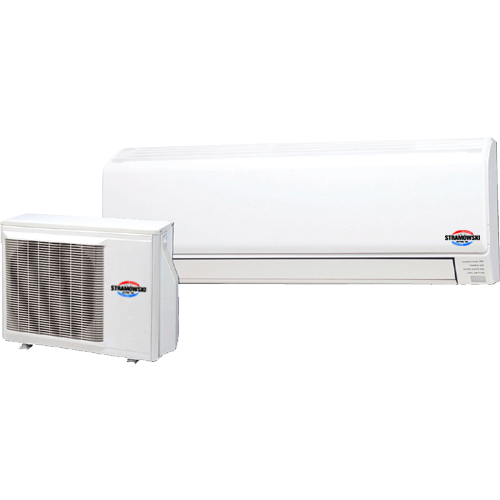
DUCTLESS MINI SPLIT SYSTEMS
For homes with no ducts or air vents or supplemental heating/cooling. These combination AC & heating units are also considered heat pumps and qualify for energy saving rebates.
